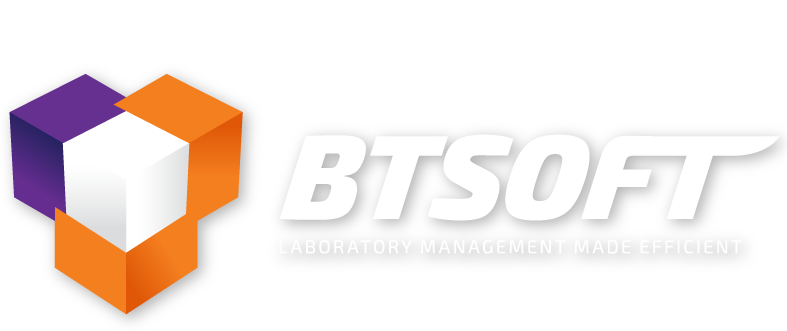Data management is a critical aspect of scientific research. Researchers generate vast amounts of data from experiments, observations, and simulations. Therefore, managing this data is essential for ensuring accuracy, reproducibility, and efficiency in research. That’s why SDMS software exists! Designed to simplify the data management process, SDMS software (Scientific Data Management System) provides researchers with a central hub for collecting, storing, organizing, and analyzing scientific data. Curious to explore the capabilities of SDMS software? Let’s take a look!
Learn More about the 5-Phase Roadmap to LIMS Implementation
What is SDMS Software?
An SDMS, or Scientific Data Management System, is a specialized system designed to help researchers with data management. It provides a structured framework to store and organize data in a standardized format. Researchers can easily access, update, and modify their data using intuitive interfaces and search filters. SDMS software also serves as a single entry point for data, eliminating duplication and ensuring data integrity.
Key Features and Benefits of SDMS Software
Data Organization and Structure
SDMS software allows researchers to organize their data in a logical and structured manner. It provides features like categorization, tagging, and metadata management, making it easier to locate and retrieve specific data sets.
Data Acquisition and Integration
SDMS software simplifies the process of capturing and integrating data from various sources. It offers tools for direct data entry and can integrate with other laboratory software systems such as LIMS and ELN. This ensures data consistency, reduces manual entry errors, and enhances workflow efficiency.
Data Security and Compliance
SDMS software ensures data security by providing features such as user access controls and encryption protocols. It helps researchers comply with regulatory requirements by maintaining data integrity, audit trails, and documentation.
Collaboration and Sharing
SDMS software enables seamless collaboration among researchers. Multiple users can access and work on the same database simultaneously, regardless of their physical location. It facilitates real-time data sharing, team collaboration, and version control.

SDMS allows for collaboration among your lab workers.
Data Analysis and Reporting
SDMS software offers built-in analytical tools for data interpretation and visualization. Researchers can perform complex calculations, generate reports, and derive valuable insights from their data. This streamlines data analysis, accelerates decision-making, and enhances research outcomes.
Scalability and Flexibility
SDMS software is designed to accommodate the evolving needs of scientific research. It can scale to handle large datasets and adapt to changing research requirements. Researchers can customize the software to fit their specific needs, ensuring optimal workflow and efficiency.
Integration with Other Systems
SDMS seamlessly integrates with a wide range of laboratory software systems, such as chromatography data systems and instrumentation software. This integration enables automated data capture, reduces manual effort, and enhances data traceability and interoperability.
Choosing the Right SDMS Software
When selecting an SDMS platform, consider the following factors:
- Research Needs: Evaluate your specific research requirements and determine the essential features and functionalities you need from your SDMS software.
- Vendor Reputation: Research different SDMS software vendors and assess their reputation in the scientific community. Look for testimonials, case studies, and customer reviews to gauge their reliability and customer satisfaction.
- User Experience: Consider the ease of use and intuitiveness of the software. Look for a user-friendly interface and features that align with your research workflow.
- Support and Training: Evaluate the vendor’s customer support services, including technical support, training, and documentation. A responsive support team can be invaluable for addressing any issues or queries.
- Scalability and Customizability: Ensure the software can scale to accommodate your expanding research needs. Look for flexibility in customization options to tailor the software to your specific requirements.
Streamline Your Scientific Research with ALPACA SDMS
Implementing an effective SDMS software can simplify and enhance data management in scientific research, leading to improved productivity and resource optimization. When selecting SDMS software, it’s crucial to carefully assess your research needs to make an informed choice. BTSOFT offers cutting-edge lab solutions, including ALPACA SDMS, to laboratories all over the world. With its extensive features and benefits, ALPACA SDMS streamlines data management processes and unlocks the full potential of your scientific research. Take the next step in transforming your data management capabilities by scheduling a demo or contacting BTSOFT.





